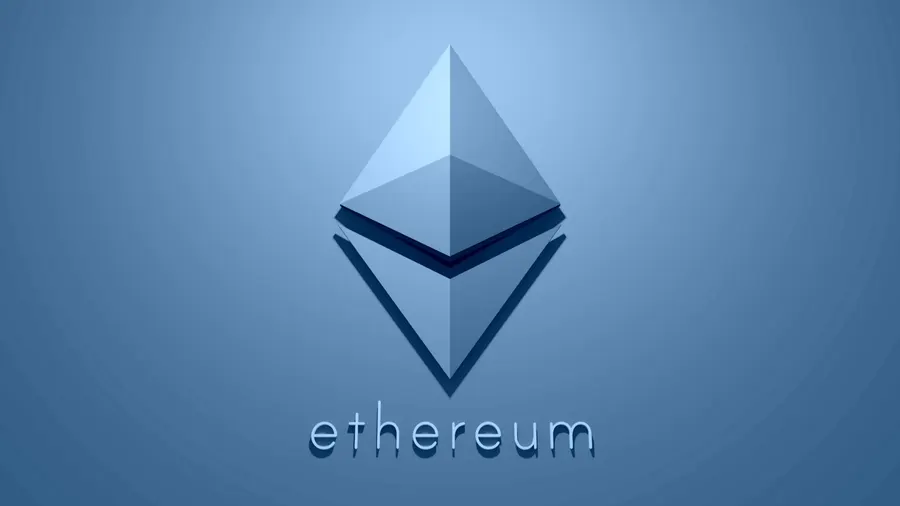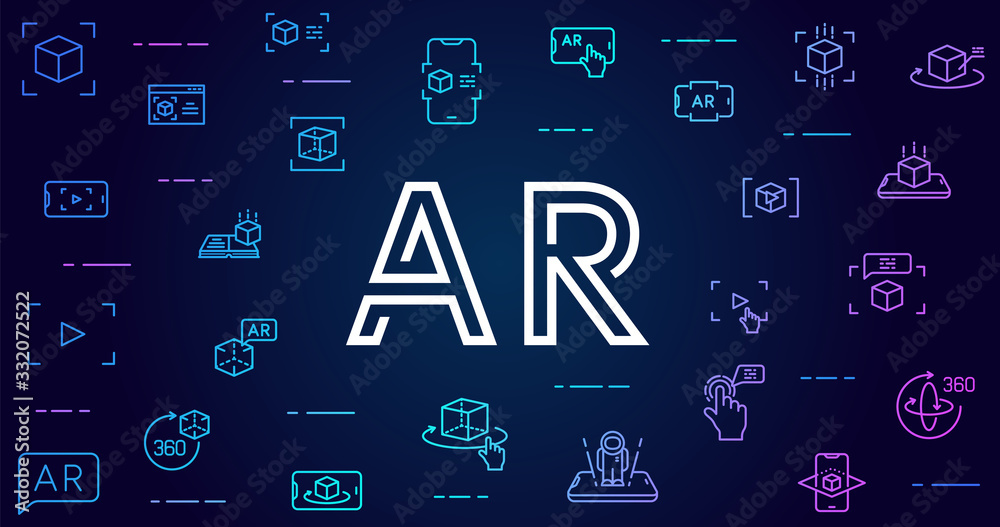Description
Introduction of Ethereum & Smart Contracts
Ethereum has revolutionized the blockchain space by enabling decentralized applications (dApps) through smart contracts—self-executing contracts with predefined conditions. This introductory course is designed to provide participants with a fundamental understanding of Ethereum, its blockchain architecture, and smart contracts. Whether you are a developer or simply interested in the technology, this training will equip you with the necessary tools and knowledge to create and deploy basic smart contracts on Ethereum.
Prerequisites:
- Basic programming knowledge (e.g., Python or JavaScript)
- Interest in blockchain technology
- Familiarity with web technologies (helpful but not required)
Table of Contents
- Introduction to Ethereum
1.1. What is Ethereum?
1.1.1. Overview of blockchain technology
1.1.2. Key features of Ethereum compared to Bitcoin
1.2. Decentralization and trustless systems
1.2.1. How Ethereum Works
1.2.1.1. Ethereum blockchain structure: blocks, nodes, and consensus
1.2.1.2. Ether (ETH) and gas fees
1.2.1.3. The role of miners and validators
1.3. Smart Contracts on Ethereum
1.3.1. Definition of smart contracts
1.3.2. Differences between Ethereum and traditional contract execution
1.3.3. Key use cases for smart contracts (dApps, DeFi, NFTs)
1.4. Ethereum Development Tools Overview
1.4.1. Introduction to Remix IDE and other developer tools
1.4.2. Connecting to Ethereum networks (Mainnet, Testnets) - Ethereum Accounts and Transactions
2.1. Ethereum Accounts
2.1.1. Types of accounts: externally owned accounts (EOAs) vs. contract accounts
2.1.2. Creating and managing Ethereum accounts
2.2. Understanding Transactions
2.2.1. Ethereum transactions: structure and flow(Ref: Data Structure and Java)
2.2.2. Gas fees: calculation, gas limit, and gas price
2.2.3. How transactions are validated and mined on Ethereum
2.3. Interacting with Ethereum Wallets
2.3.1. Using Metamask for interacting with the Ethereum network
2.3.2. Sending and receiving ETH
2.4. Setting Up a Local Ethereum Environment
2.4.1. Using Ganache for local blockchain development
2.4.2. Exploring the Ethereum JSON-RPC API - Introduction to Smart Contracts
3.1. What Are Smart Contracts?
3.1.1. Features and benefits of smart contracts
3.1.2. How smart contracts work on Ethereum
3.2. Smart Contracts vs. Traditional Contracts
3.2.1. Comparing traditional legal contracts and blockchain-based contracts
3.2.2. Immutable and self-executing nature of smart contracts
3.3. Smart Contract Use Cases
3.3.1. Decentralized Finance (DeFi) applications
3.3.2. Supply chain management and verification
3.3.3. NFTs and gaming
3.4. Introduction to Solidity
3.4.1. Overview of Solidity programming language
3.4.2. Structure of a basic Solidity contract - Solidity Basics
4.1. Writing Your First Smart Contract
4.1.1. Creating and deploying a “Hello World” contract in Solidity
4.1.2. Smart contract structure: functions, variables, and state
4.2. Data Types and Variables in Solidity
4.2.1. Solidity data types: integers, booleans, addresses, etc.
4.2.2. State variables and local variables
4.3. Functions and Modifiers
4.3.1. Creating functions in Solidity
4.3.2. Visibility and access control: public, private, external, internal
4.3.3. Introduction to modifiers
4.4. Deploying and Interacting with Contracts
4.4.1. Compiling and deploying contracts using Remix IDE
4.4.2. Calling contract functions and reading data from the blockchain - Ethereum Virtual Machine (EVM) and Gas Mechanics
5.1. Understanding the Ethereum Virtual Machine (EVM)
5.1.1. How the EVM executes smart contracts
5.1.2. Bytecode and contract deployment
5.2. Gas in Ethereum
5.2.1. Importance of gas in smart contract execution
5.2.2. How gas fees are calculated
5.2.3. Gas optimization strategies for smart contracts
5.3. Sending Ether in Smart Contracts
5.3.1. Writing contracts that can send and receive Ether
5.3.2. Handling Ether transfers in Solidity
5.4. Error Handling and Debugging
5.4.1. Reverting transactions
5.4.2. Common Solidity errors and debugging techniques in Remix - Advanced Solidity Features
6.1. Events and Logging
6.1.1. Creating events in Solidity
6.1.2. Emitting and listening to events for off-chain interactions
6.2. Inheritance and Interfaces
6.2.1. Creating modular and reusable smart contracts using inheritance
6.2.2. Working with Solidity interfaces for contract interaction
6.3. Modifiers and Access Control
6.3.1. Using modifiers to add logic to function calls
6.3.2. Managing ownership and permissions in smart contracts
6.4. Smart Contract Testing
6.4.1. Writing and executing unit tests for Solidity contracts
6.4.2. Using tools like Truffle and Hardhat for testing - Deploying Smart Contracts on Ethereum
7.1. Testnets and Mainnet Deployment
7.1.1. Differences between Ethereum testnets (Ropsten, Rinkeby) and mainnet
7.1.2. Best practices for deploying on test networks
7.2. Using Truffle for Deployment
7.2.1. Introduction to Truffle framework
7.2.2. Deploying a contract on Ethereum using Truffle
7.3. Interacting with Deployed Contracts
7.3.1. Using web3.js to interact with deployed smart contracts
7.3.2. Setting up frontend integrations for your smart contract
7.4. Monitoring Smart Contract Activity
7.4.1. Using Etherscan to track contract transactions
7.4.2. Tools for contract monitoring and analysis - Real-World Use Cases and Future Trends
8.1. Real-World Ethereum Applications
8.1.1. Exploring decentralized applications (dApps) running on Ethereum
8.1.2. Case studies: Uniswap, Aave, OpenSea, etc.
8.2. Smart Contract Security and Auditing
8.2.1. Common vulnerabilities in smart contracts (reentrancy, overflows)
8.2.2. Best practices for securing smart contracts
8.3. The Future of Ethereum
8.3.1. Ethereum 2.0: Proof of Stake and its impact
8.3.2. Scaling solutions: Layer 2 and Rollups
8.4. Next Steps and Additional Resources
8.4.1. Continuing education in blockchain and Ethereum development
8.4.2. Networking in the blockchain ecosystem







Reviews
There are no reviews yet.